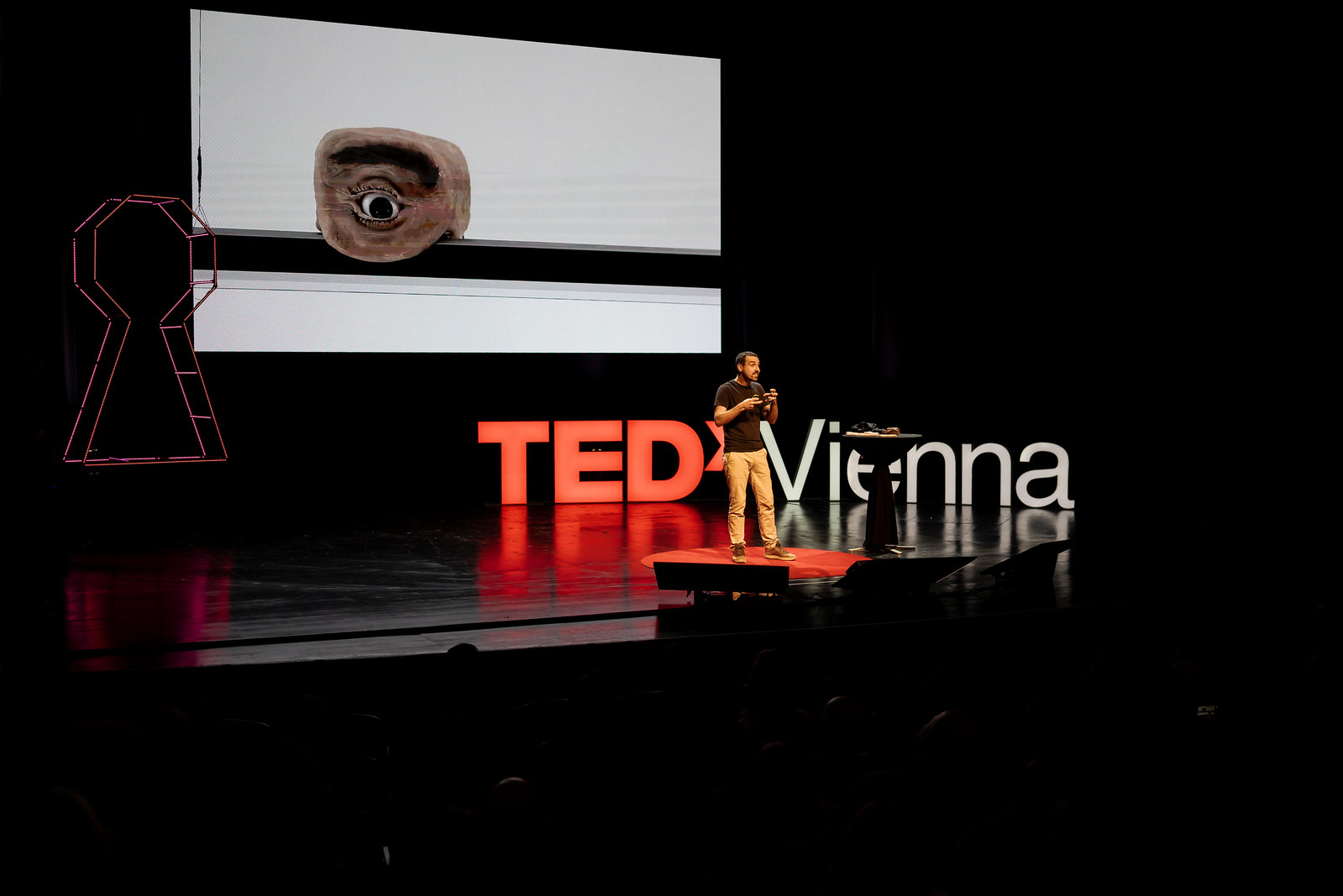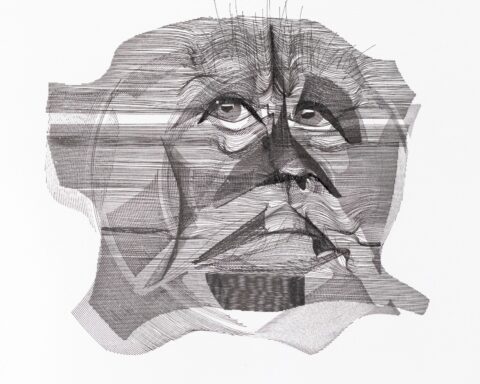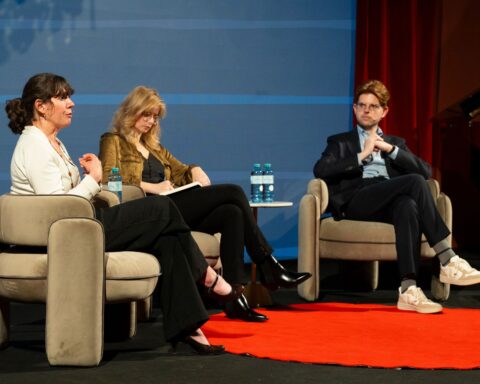Technology has become part of all our routines, cell phones have become an extension of our reach and it is impossible to imagine life without our electronic devices. While all these devices bring us incredible benefits such as global access to all kinds of information, the opportunity to communicate ubiquitously around the world, and advantages in education and entertainment, they also limit us and cut off our access to intimacy and closeness in the interaction between human beings. These devices rob us of the opportunity to experience deeply through senses, gestures, and the different channels involved in direct and reciprocal face-to-face communication. A few months ago at the TEDXVienna Untold conference, we had an unusual talk about body interfaces, technology, and human interaction. Marc Teyssier caused a stir among the audience by presenting his innovative idea of adding skin to technological devices, making them almost human, to make us rethink our interaction with them. Marc is a creative designer interested in human-computer interaction , who wondered what would happen if technology were literally much more human, materializing this provocative design idea.

In his talk, he showed us the discoveries and conclusions he obtained, as well as some controversial reactions that this project caused among Internet users. While Many describe it as creepy and strange, this project does not represent a naive but rather critical design fundamental to exploring a speculative future that people might not want. Marc is not only a designer and creator of anthropomorphic and uncanny body interfaces but also the leader of a project called resilient future at the De Vinci Innovation center’s. Rather than revolutionizing our interaction with technology, Marc puts great weight on the sustainability of technology and the environment by creating sustainable technologies which implement creative design and its three principles: useful, accessible and durable. In the interview we had with Marc, we were able to get a closer look at this idea, his goals, and the importance that nature plays in his life.
“Indeed the human body and the human senses are incomparable to what technology can provide today.”
MARC TEYSSIER
Do you think this new approach with technological devices will make us feel more comfortable or change our perspective on technology?
This project is to challenge a bit how we think devices should look like. Pushing to the extremest as I did is something that comes with design. Still, I don’t see the prototype of what I am making as a product that we need. It is more about a critical design object, to make us reflect. I think the value of what I am making is just to reflect on how you take this information and what you do with that. I hope this prototype will change our relationship with technology and our behavior towards it but I do not think so because it is part of our everyday lives: it is already included in our routines. Our lifestyle is centered around technology so if you would say: “Tomorrow I am going to remove every smartphone.”, it just wouldn’t be possible. Changing on a big scale is very difficult so I try to change at least on a small scale. If this project is going to make you see your smartphone case or devices a bit differently, it is enough for me.
“We touch others to convey emotions.”
MARC TEYSSIER
Analyzing your design “Celestial lines” a pseudo-generative draw made from the topology of Tchuri, caters from the Moon and Mars as well as Curiosity and Spirit landing regions, made me ask myself, how is it that you started as a creative designer and then ended up doing your current research?
Actually, this artwork “Celestial lines” that you saw is very recent, it was after my research. I just like to try different activities, like prototyping, electronics, which are still something creative since I used to be a designer.
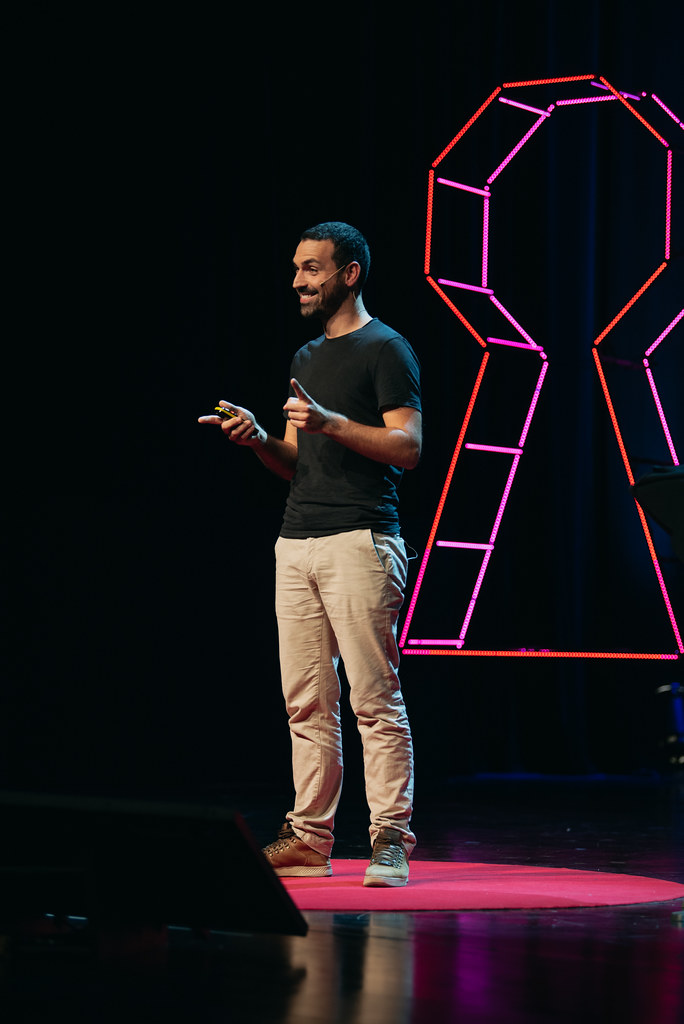
Why did you decide to be a creative designer, what caught your attention in that field?
I was trained as a designer, in a very traditional way. I was super above just doing web interfaces and mobile apps on a flat screen- it is boring. Real-life it’s something that you can touch, interact with, that’s how I came to move slightly away from the data to the tangible. Then the creative part- I don’t know, I think it was because, in my opinion, it is super boring to make something prepared and nice and polished. I prefer something dirtier like this flesh and body, something weird and so much more stimulating.
“Provocative design can be used to unveil some issues we have today with technology.”
MARC TEYSSIER
Since you are leading the resilient futures research group at Da Vinci Innovation Center, will that technology be completely sustainable at some point in the future?
I do not think so, it is hard, but we definitely can do better. If we want to continue and get to that point in the next 30 or 40 years, we have to. This is why I try to push the boundaries by applying the principles of design – useful, accessible, and durable. For example, one of our projects is the soft-biobots, a project exploring the use of edible material made out of algae, replacing the inflatable structures of soft robots in a renewal way.
“Don’t be scared of pushing to the extreme, it can help you reflect and discuss what type of interaction you want with other people and devices.”
MARC TEYSSIER
Reading your webpage, I noticed you try to make technology a bit more sustainable. How would you describe your relationship with nature?
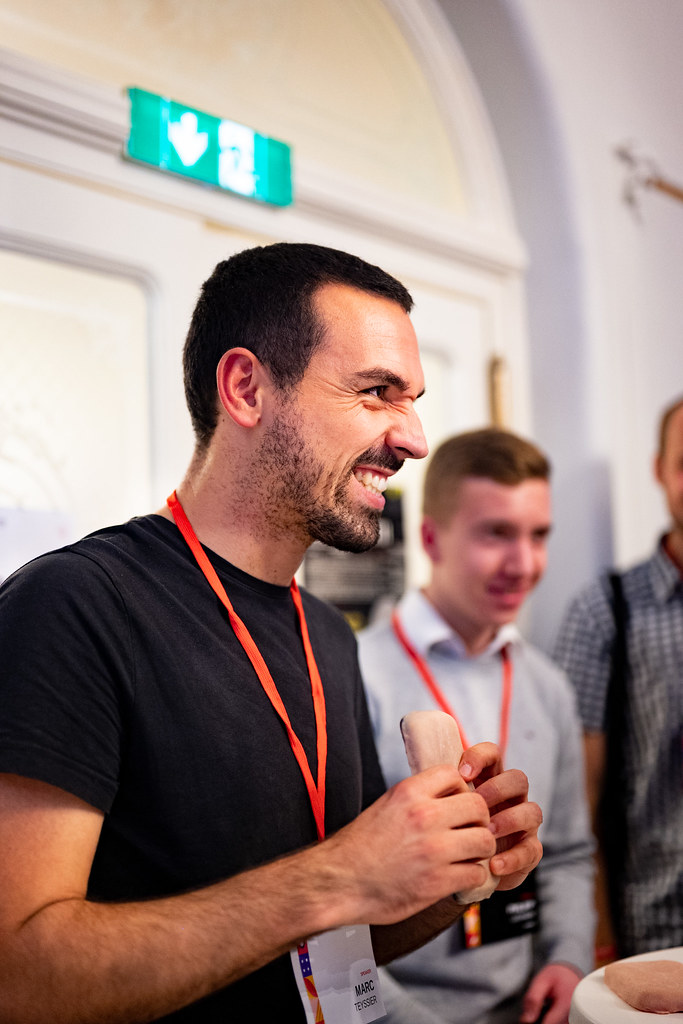
I am super close to nature, I like farming, gardening, and agriculture. I think I would be super happy if I could grow a farm in the next couple of years and live there surrounded by nature. I am so bored of and also critical about technology that I just want to do something greater and relevant such as growing food.
How did you come up with the term “environmental resilience”?
Building technology is blamed for the destruction of the planet. It’s not sustainable, all those metals, lithium, batteries, and hazardous materials. Everything together harms our environment, so resilience is the fact that in case of a catastrophic event, like a wildfire, and everything is destroyed, an ecosystem regains functioning and development. Nature is resilient, so we believe that technology also has the capacity of evolving in hostile environments.
“I think we should expect more from the design because design defines the way we interact.”
MARC TEYSSIER
The way in which technological advances grow day by day is irreversible and unstoppable, however, that does not mean that as human beings, we cannot think critically about what we really need, how we should interact with electronic devices, human beings, and above all, the environment. The creation of these unusual anthropomorphic and uncanny body interfaces, challenged us to question those beliefs of “what we think we need and want to see in our society tomorrow.”
Watch Marc’s Teyssier’s talk “why the next generation of interfaces will be human”.

